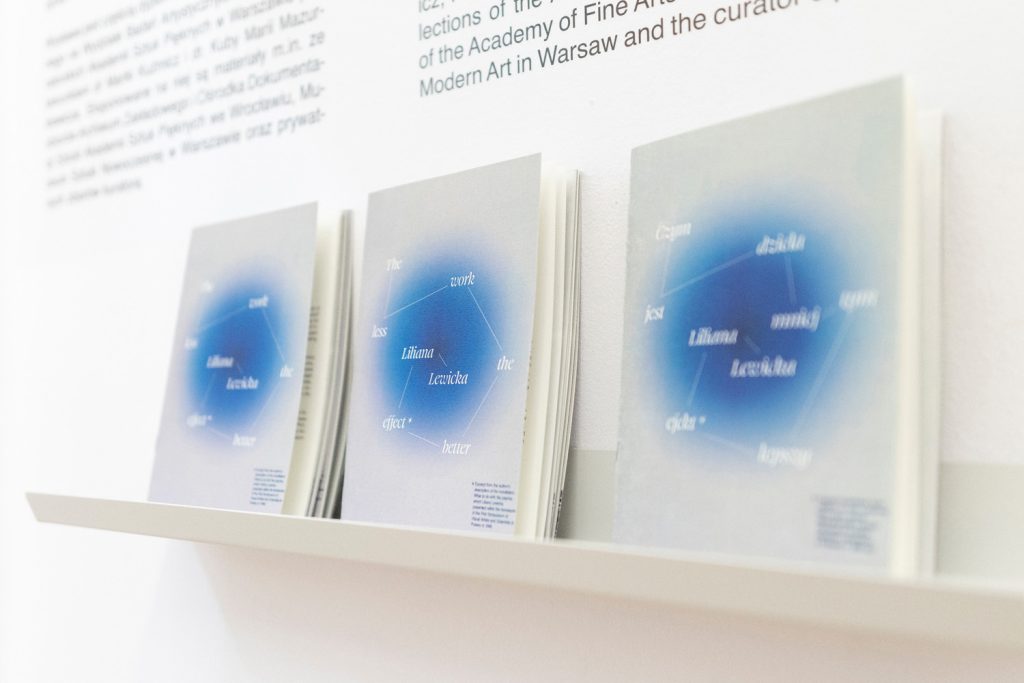Adam Parol
Born 1997. Studies: Faculty of Management of Visual Culture (bachelor’s degree 2017–2022) and Faculty of Artistic Research and Curatorial Studies (master’s degree 2022–2024) of the Academy of Fine Arts in Warsaw. In 2018/2019, 2019/2020 and 2023/2024, he received the scholarship of the Rector of the Academy of Fine Arts. He is a curator and art historian. He specialises in modern and contemporary art and the history of Polish postwar modernist architecture. He worked in the Edward Hartwig Foundation (2022–2024). Since 2022, he has been researching and digitising private archives of artists and co-creating the exhibition programme in the Arton Foundation.
instagramThe less work, the better effect. Liliana Lewicka
Supervisor: Dr Jakub Mazurkiewicz, Dr Marika Kuźmicz
The protagonist of my degree piece is Liliana Lewicka—a Wrocław-based artist, painter, ceramicist and performer. As a result of various circumstances and mechanisms, the artist’s presence in the history of art is reduced to a few brief mentions and anecdotes despite the pioneering nature of her activities. The exhibition and the thesis were preceded by archive and library research lasting more than a year, countless enquiries to various institutions, and a number of conversations with people who may have met her along the way. I created Lewicka’s monograph from many small bricks: archival material, memories, quotations, reproductions, conversations and my own and others’ perceptions, which made up one of the possible reconstructions of the artist’s life and work. The exhibition at the Arton Foundation was Lewicka’s first solo exhibition since 1964.
The degree piece is an attempt to prepare a monographic study of the life and work of the Wrocław-based artist Liliana Lewicka (1932–1989). Her activities in the 1960s and 1970s are pioneering examples of performance art and the dematerialisation of the object of art. In her case, however, the original artistic practice did not translate into career development and community recognition. Lewicka ceased to be present in the field of art and functioned as an anecdote in the discourse for years. Today, she remains one of the most enigmatic figures in the history of Polish art.
